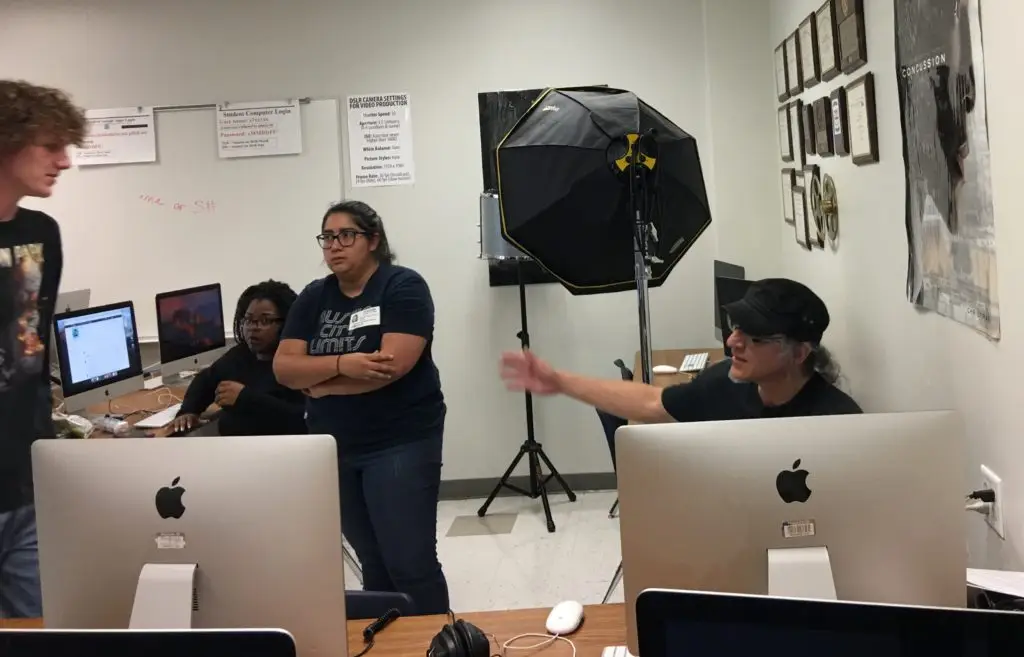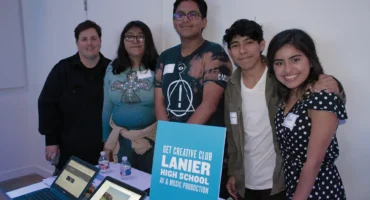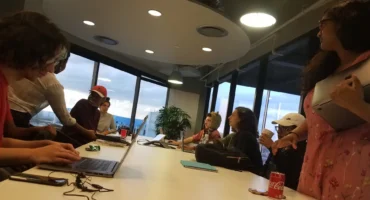I seldom worked with any people of color in my first 15 years in the business. If you’re an advertising or marketing person from my generation, I’m willing to bet you have a similar story.
“Oh, and we’ve assigned you to write the ‘Urban’ radio for this Pepsi promotion, because you’re the youngest writer on the account.”

Martha Chang
It was 1991. “Urban” meant “black,” which meant hip hop. I was singularly unqualified to write for hip hop radio — me, with my nerdy background and absolute ignorance of anything “hip hop” beyond the hits of Janet Jackson and C&C Music Factory.
But in 1991, I don’t recall any black creatives at that venerable Dallas ad agency. In fact, I seldom worked with any people of color in my first 15 years in the business. If you’re an advertising or marketing person from my generation, I’m willing to bet you have a similar story.
Our industry and the Austin community we love haven’t gotten much better. So when I walked into the Get Creative Enrichment Club at Pflugerville High School, here’s what struck me most: Almost every single one of those shining beautiful faces belonged to people of color.
They’re going to change the world. This #GivingTuesday, I hope you’ll keep them in mind.

Club Mentor Mari Vidrio & E4 Youth Education Director Humberto Perez working with students at Pflugerville HS.
The more perspectives, the better creative.
The problem at my old agency wasn’t unique. Not only were there no creatives there with a real-world understanding of the target audience, there were no leaders who thought that was a problem. That’s how you end up with the pretty crummy radio ad I wrote, partially saved by the talent of a fantastic African-American voiceover artist.
The kids in the Get Creative Enrichment Club at Pflugerville High School are light years ahead of where I was in 1991. (And I was one of the first copywriters at Tracy-Locke to have a computer on my desk.)
At Pflugerville, I witnessed:
- A couple of journalists learning about “the power of silence” in getting a good interview
- One young creative’s excitement about an upcoming digital project at a Drag festival
- A natural born entrepreneur with his own YouTube channel, eBay store and more
That was just my first visit. E4 Youth’s Employability Curriculum™ focuses these kids’ unique interests and talents and helps them build bridges to the creative economy — which will make up nearly 40% of jobs in the US by 2020.
One reason I support E4 Youth is that the ongoing segregation in both advertising and the Austin area troubles me greatly.
If Austin takes pride in our creative culture, we have to nurture more diverse creative kids.

One reason I support E4 Youth is that the ongoing segregation in both advertising and the Austin area troubles me greatly. If you walked into a journalism class in West Austin, Rollingwood or Westlake, you’d see a whole lot of talented, smart kids working with advanced technologies. What you wouldn’t see is a lot of black and brown kids. E4 Youth’s dedication to serving under-resourced kids in the Austin area translates to working with a lot of people of color, due to the concentration of wealth in certain schools and the historic segregation of our communities. Supporting them is a way to help make things more equitable.
We desperately need more diverse voices and perspectives in my own field of advertising and in all creative fields. The creative economy is a huge economic driver in Austin, and if we hope to reverse the trend in which Austin has become ever more homogenous (read: rich and white), empowering these young creators of color with professional skills and opportunities is more important than ever.
Since it’s #GivingTuesday, keep in mind that just $10 a month funds a day of creative enrichment for one local kid. When you compare that to your hourly billable rate, it’s next to nothing. In fact, it’s less than one Pepsi a day.



